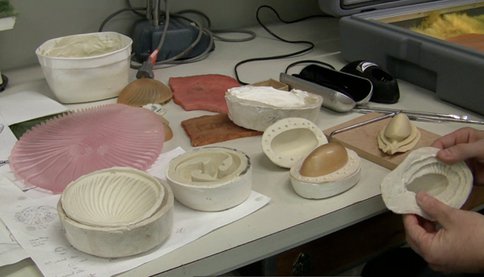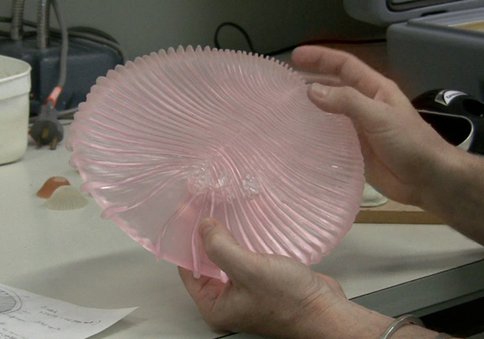2011 Annual Science Report
 Arizona State University
Reporting | SEP 2010 – AUG 2011
Arizona State University
Reporting | SEP 2010 – AUG 2011
EPO Activity: EPO Formal Education, Task 3: Mixed Reality Science Cyberlearning: Experience Boxes to Bridge the Physical and Virtual Worlds
Project Progress
NASA EPOESS Grant Project
In April 2011, the ASU Astrobiology team was awarded the NASA EPOESS grant, “Mixed-Reality Cyberlearning: Experience Boxes to Bridge the Physical and Virtual Worlds”. This three year project involved a collaboration between, ASU Astrobiology, The Field Museum’s (Chicago, IL), the South Australia Museum, Australian Centre for Astrobiology (Univ. of New South Wales, Australia) and ASU’s Center for Meteorite Studies.
Project goals are to: 1) develop two lendable classroom kits or “Experience Boxes” for elementary-middle school students that contain hands-on objects for use with the Flinders Ranges and Upheaval Dome Virtual Field Trips, 2) create a new Virtual Field Trip of the Upheaval Dome impact structure in Southern Utah, 3) design a web interactive on meteorites and impact cratering, and 4) offer a series of online teacher professional development webinars on the use of the VFTs and Experience Boxes.
At the end of this reporting cycle, the first fossil casts and replicas have been made for the “Bizarre Animals” Experience Box and planning of the web interactive has begun with The Field Museum and Numedeon, Inc. Figures 1-3 show examples of the resin casts and reconstructions of Ediacaran fossils that are being made for the kits by the South Australia Museum.
Figure 1: EPOESS Specimen Casts. Resin casts of Ediacaran fossils (shown here) that will be included within the “Bizarre Animals of the Ediacaran” Experience Box. The Experience Box is lendable classroom kit that teachers can borrow and use in tandem with the Flinders Ranges Virtual Field Trip. The kit (in development) will contain rock specimens, fossil casts, and as well as fossil reconstructions, or models of how select organisms may have looked when alive.
Figure 2: EPOESS Fossil Reconstructions. Silicone molds (white) next to prototype fossil reconstructions (pink and tan) of select Ediacaran organisms. In addition to resin casts of Ediacaran fossils, the “Bizarre Animals of Ediacaran” Experience Box will contain unique fossil reconstructions that are being made at the South Australia Museum under the direction of paleontologist, Dr. Jim Gehling and Preparator, Jo Bain.
Figure 3: EPOESS Dickinsonia Fossil Reconstruction. Reconstruction of the iconic Ediacaran organism, “Dickinsonia”, made out of a flexible, touchable plastic. Developed at the South Australia Museum by Jo Bain, this model will be part of a suite of one-of-a-kind objects included within the “Bizarre Animals of the Ediacaran” Experience Box.


